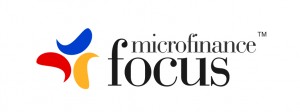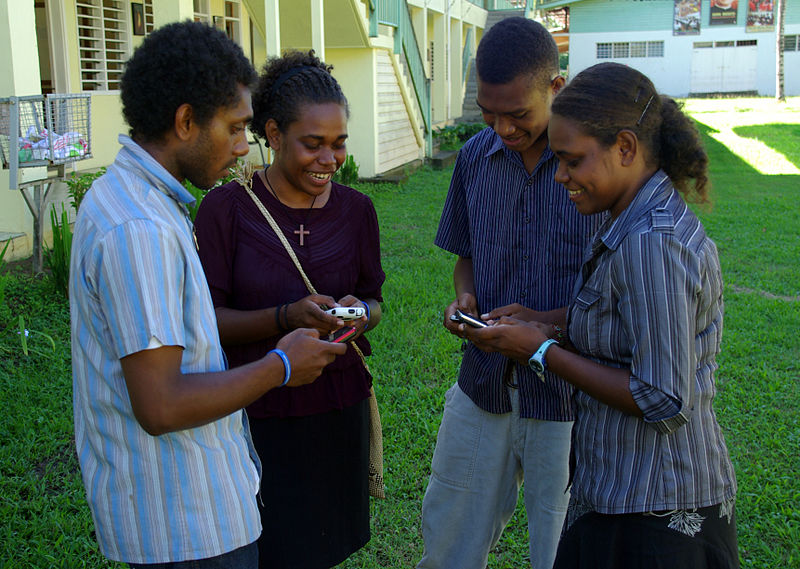Re-Thinking Microfinance Based on Behavioral Economics
11:15 to 12:30 CST: This panel session of the 2014 Asia Microfinance Forum focused understanding client needs and applying insights from behavioral economics when thinking about product design and innovation for financial inclusion. Behavioral economics in this context refers to the integration of psychological, social, cognitive, and emotional factors when interpreting individual economic decisions.
This session raised the question: Should we depend so heavily on behavior, when often a client’s decisions are made not from rational decision-making, but out of need? When living in poverty, people are more likely to make decisions in continual reaction to dire circumstances.
Panelists here discussed ways in which microfinance can be more holistic in tracking of client behavior, and therefore develop assessment parameters that match realities and better suit client needs.
Nina Nayar introduced the program, saying that after an overview of the topic, the panel would examine client behavior first from the demand side, and then the provider’s perspective. Finally speakers would consider case studies that have informed financial institutions’ decisions based on actual client behavior as opposed to expected behavior.
Professor Joshy Jacob, IIMA, opened the discussion by defining and describing behavioral economics. He highlighted the widespread evidence of faulty individual decision making, which often hinders individuals from promoting their own welfare by creating an “an enemy within”. Such unsatisfactory decision making is believed to be precipitated by misinterpretation of information and biased preferences, and eventually leads individuals into “under-savings” and consequent “over-borrowings”.
He, therefore, urged the industry to also focus on savings mobilization. According to Professor Jacob, any approach to achieve higher savings should involve, “commitment devices” which leaves less flexibility in the hands of the individuals.
He highlighted the potential of anchors and default options to bring about higher savings outcomes from individuals. An effective behavioral redesign on savings, according to Jacob, would involve “the meaningful labeling of savings so as to deeply link it to individuals”. This approach benefits from the “mental accounting” that is widely prevalent among individuals.
Given the evidence of indiscipline, the industry was also called upon to review the often-used “fixed repayment schedule” of loans.
He went on to describe the anomalies in understanding the behaviors of individuals, which often lead to “pernicious consequences” in personal welfare. He asked microfinance professionals to help their clients understand the complex business realities surrounding them, through adequate training and guidance.
Behavioral Economics is important for microfinance because it encourages us to rethink our assumptions on how clients behave.
“Some borrowers follow the assumed patterns of behavior. They take out a loan and invest it in the business, and are disciplined with their finances. Other borrowers intend to invest in their businesses but get trapped by social, family or personal issues that deflect their best intentions. Social and behavioral pressures on initial plans are so strong that we even see some borrowers taking out loans as a commitment tool to save,” said Mr. Beniamino Savonitto, Project Director, Financial Capability Research Fund, Innovations for Poverty Action (IPA).
Such behavioral, social and psychological challenges are what the providers need to take into account when evaluating clients and designing services that do not only sell but help clients improve their financial capability and behaviors.
IPA, Savonitto’s non-profit research organization, works with partners and MFIs to conduct randomized evaluations to measure the impact of innovative programs and services on the lives of the poor.
“Randomized evaluations allow IPA to precisely measure impact by randomly assigning individuals to either receive an intervention (a product or an incentive) or to be part of a control group. These evaluations – using random assignments – measure the impact of the program on the lives of the clients compared to how they would have changed had the intervention not existed,” Mr. Savonitto explained.
Savonitto offered several examples of impact evaluations of applications of behavioral economics in microfinance. In one of these examples, Savonitto described a study conducted in the Philippines, Bolivia and Peru, finding that reminders to ‘save’ using cell phone messages actually increased savings by 6%.
He put a slide on the overhead screen that read: “Can Messaging Help?” which described a study conducted in the Philippines, Bolivia and Peru, finding that reminders to ‘save’ using cell phone messages actually increased savings by 6%.
Mrs. Kamisah Abd Kadir, Director of Development Finance and Enterprise, Bank Negara Malaysia, also presented case studies showing how some of these principles based on client behavior economics have helped develop financial inclusion as a national agenda in Malaysia.
Nina Nayar concluded this session by congratulating the industry on going beyond typical assessment techniques and having the courage to question traditional “delivery mechanisms”. Moreover, Nayar said, this session reasserted the importance of a client-centric approach. Nayar concluded the session by emphasizing how this discussion had again reinforced the importance of a client-centric approach. Moreover behavior economics, re-thought, shows again how client behavior becomes more positive in response to transparency and responsibility from the “supply side”.
Ms. Nina Nayar, Associate, FDC, moderated this session. Presenting speakers were Asssistant Professor Joshy Jacob, Indial Institute of Management (IIMA); Mr. Beniamino Savonitto, Project Director, Financial Capability Research Fund, Innovations for Poverty Action (IPA); and Mrs. Kamisah Abd Kadir, Deputy Director, Development Finance and Enterprise, Bank Negara Malaysia.
The Foundation For Development Cooperation (FDC), the lead organizer of AMF 2014, facilitated this session. The FDC’s mission is to harness and leverage knowledge, and resources from across the public, private, NGO and academic sectors in order to alleviate poverty in Asia. FDC is based in Australia.


